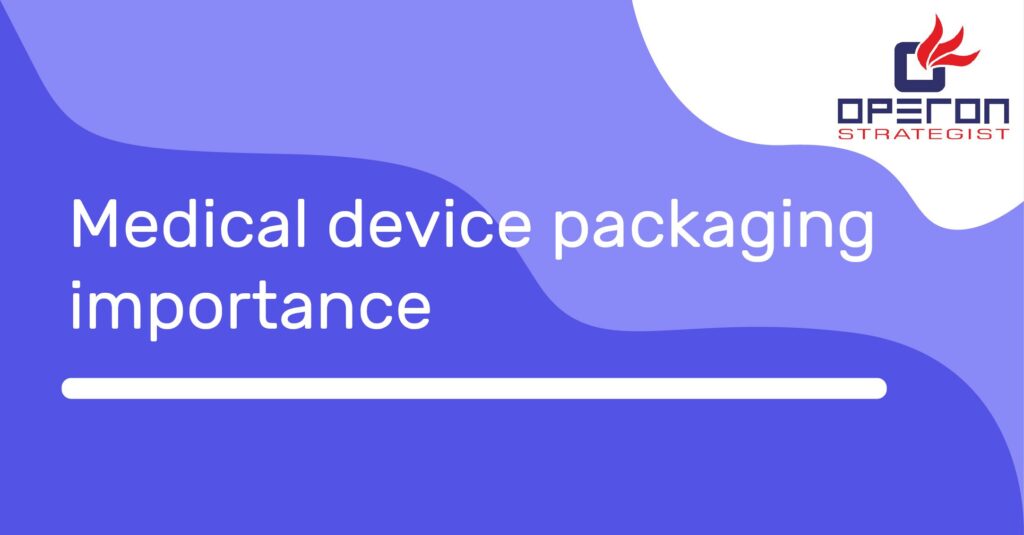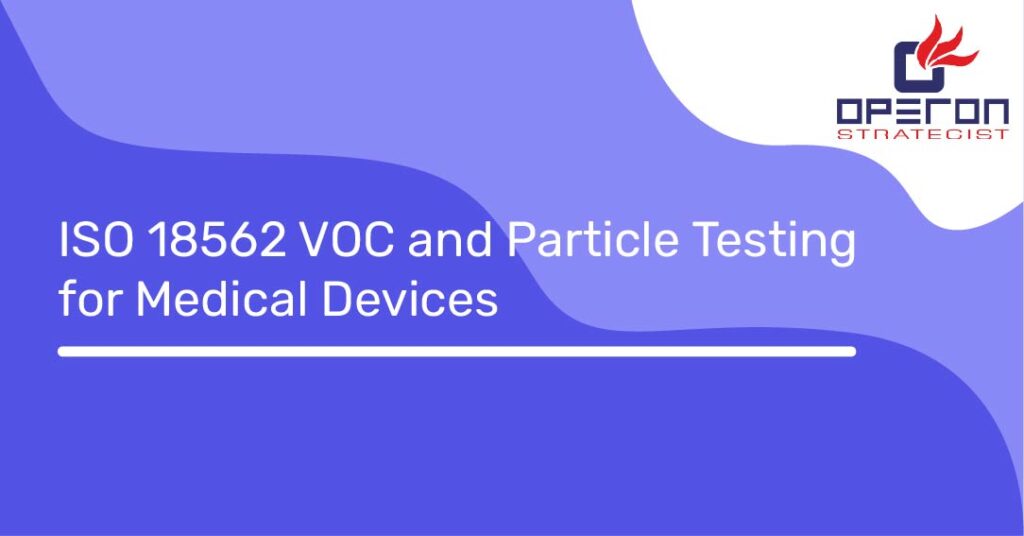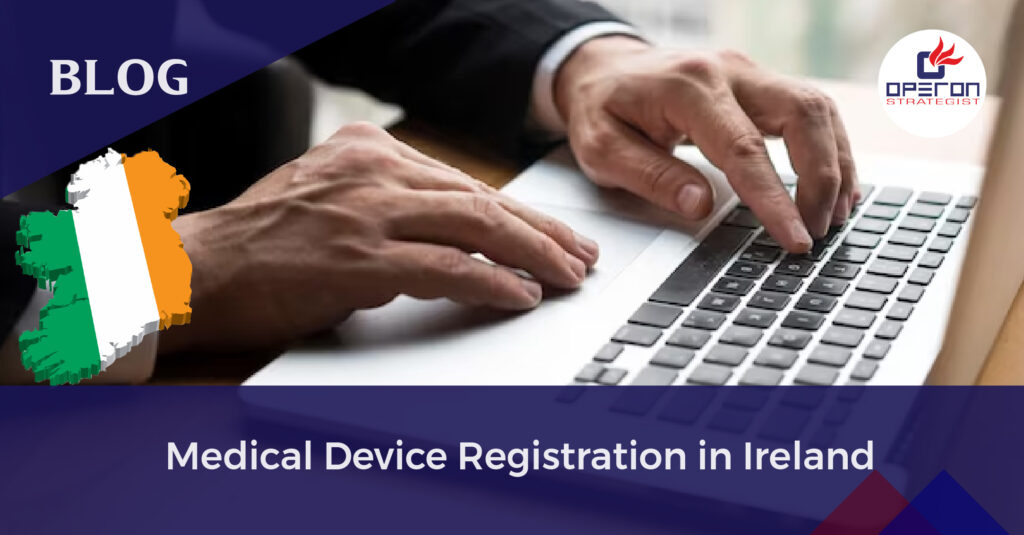Medical device packaging importance states the packaging of medical devices frequently takes place in a clean room, and the packaged devices normally undergo some kind of sterilization. But it is the role of packaging to keep the device sterile right up until use. The correct selection of packaging, therefore, is a crucial but complex decision, and statistics suggest it is often not carried out correctly.
Medical device packaging importance is a crucial part of the industry with its own separate set of safety and security concerns, for good reason. Packaging serves a number of purposes. It not only protects a product from harm or tampering during transit but can display critical product information and brand marketing.
- Operon Strategist provides worldwide packaging consultants services to the primary packaging and pharma industries, including strategic, regulatory and environmental compliance.
Medical device packaging importance is in a class all of its own, due to the important equipment it carries. This makes safety and security measures top priority for this type of packaging. 10% of medical device recalls are attributable to packaging failures and 31% of those are due to a hole in the packaging.
Medical device packaging importance allow its contents to be sterilized and then must maintain that sterility until the time of use, all while optimally balancing the multitude of considerations that are part of the package development process. Types include bags, overwraps, pouches, trays, and clamshells comprising a variety of materials, some flexible, others rigid.
Looking Forward To Turnkey Project Consultant For Medical Devices ?
Our expertise helps customers in highly regulated industries to achieve compliance, efficiency and sustainable business success.
Medical device packaging importance doesn’t rely on packaging graphics (as a sales/marketing tool) the way that packaging used for consumer packaged goods does. The two categories, nonetheless, share regulatory requirements that the migration or bleeding of inks not be a source of product contamination, or specific to medical devices, a source of lost sterility.
Medical device packaging importance and Packaging Compliance Labs (PCL), which validates sterile medical device packaging according to FDA-recognized standard ISO 11607. The standard has three main pillars:
- A manufacturer must be able to consistently form and seal a package, meeting requirements for the strength and seal of the bond after heat-sealing, the seal’s visual aesthetics and the ability to open the package. If the end user in an ambulance, hospital or clinic has trouble opening a package, it may rip or tear, exposing the device inside to contamination and rendering it unusable.
- The package design must be sufficiently robust to withstand shipping through all types of climates and a variety of physical hazards. PCL simulates different types of hazards that packages might encounter, exposing them to sub-zero, desert and tropical conditions, dropping, compression, vibration, impacts and altitude simulations.
- A package must be able to maintain its integrity over time. For a sterile, disposable device package, that’s usually two years. PCL uses real-time aging in a controlled environment as well as accelerated aging, which requires baking the package. “Forty days in the oven is equivalent to one year sitting on the shelf,” Erickson said. If the material hasn’t weakened too much and the heat seals remain secure, a company can officially market the device with the validated expiration date claim.
Medical Packaging Standards
An overview of the current status of the relevant medical packaging standards ISO 11607-1 is the most important. It states that medical device packaging should be:
- Made of known and traceable materials
- Non-toxic, non-leaching and odorless
- Free of holes, cracks, tears, creases and localized thinning
- Intended for use in medical applications.
It must also:
- Allow sterilization
- Provide physical protection
- Maintain sterility up to the point of use
- Allow aseptic presentation.
The packaging is a highly significant part of the medical device market with its own separate set of security and concerns for safety reasons of the consumers. The packaging carries out a number of purposes, not only it protects the product from contamination or harm, but also displays crucial products information and does brand marketing.

-
Operon Strategisthttps://operonstrategist.com/author/snehal/
-
Operon Strategisthttps://operonstrategist.com/author/snehal/
-
Operon Strategisthttps://operonstrategist.com/author/snehal/
-
Operon Strategisthttps://operonstrategist.com/author/snehal/





